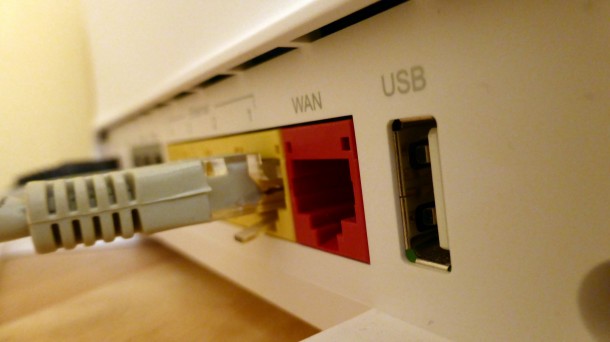
As we start to spend more and more of our time online in our increasingly interconnected world, the internet is now considered a “fundamental human right“, and speed and reliability are a major part of that.
The need for faster speeds, with technologies such as fibre optic broadband, may be driven by entertainment and services such as Spotify and Netflix, but is now also required by many people to simply go about their working day or even to find out information about government services.
Even for major political events such as one of the debates about Scottish independence, interested parties outside of Scotland could only watch Alex Salmond and Alistair Darling take swipes at each other by streaming the debate over the internet.
Streaming music services like Spotify or Soundcloud require a reliable connection, but the need for speed is really driven by video. Watching grainy YouTube videos in 240P may have been ok in 2008, but the video sharing service now expects everyone to be watching in at least 480P (DVD quality), and offers 1080P full HD on many videos today as it starts to change our video watching habits.
As 1080P has become commonplace for video content online and over the airwaves, Netflix has started streaming shows in 4K definition. Very few televisions offer such a high resolution today, but adoption of new technologies is getting faster every day and it will only be a few years before 4K becomes the de-facto standard resolution for watching video content. Netflix streaming already takes up over a third of the total US downstream bandwidth, and as they start to offer more tv shows and films in 4K, that may soon increase even further.
Photograph by Sean MacEntee

